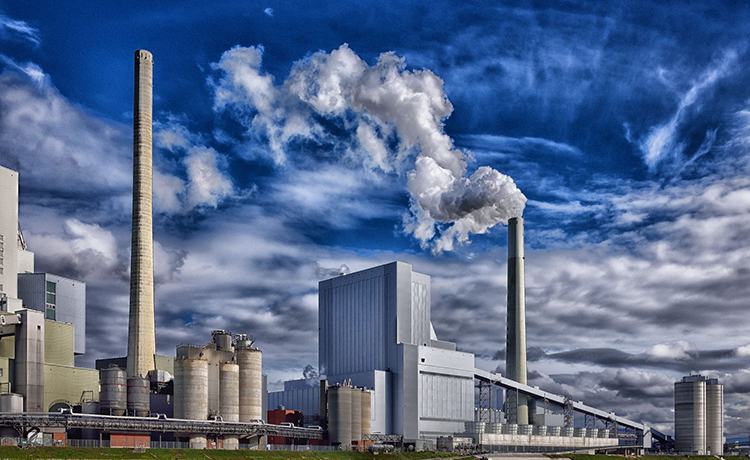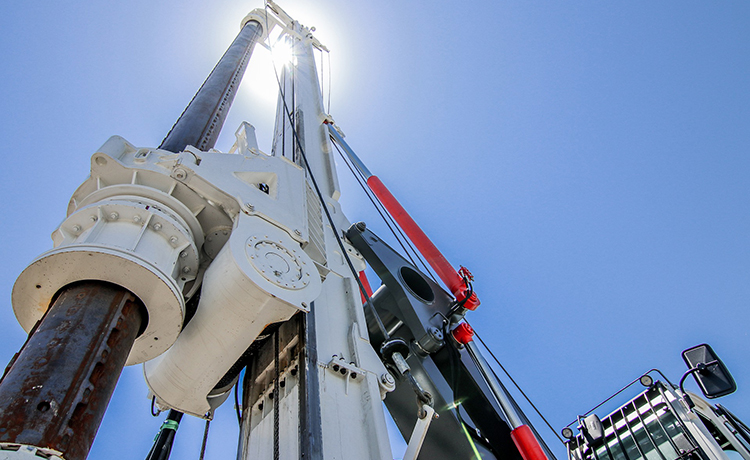It's a fascinating time for the development industry. Growth has been strong for the last few years, with U.S. building spending now at an all-time high. Despite having weathered the storm of the Great Recession, the development industry is nonetheless going through challenges, both old and new, transferring forward.
Rising material and labor costs, labor woes, multiplied competition and shrinking profit margins are some of the challenges that development corporations face. There's also new rules and regulations that business proprietors ought to stay on top of like new OSHA rules or adjustments to building codes or the recent tax reforms.
Here are some of the major challenges facing the construction industry today:
Labor Shortages
The construction industry has shed over 2 million jobs at some stage in the financial downturn and has struggled to get employment lower back to pre-recession numbers. Many employees both retired or were laid off and discovered employment in different industries. As the healing continued, it was clear that these workers, now in new careers, had been not coming back.
The bottom line is the building enterprise is now not attracting sufficient intelligence to meet growing demand. A recent survey by means of the AGC finds that 75% of companies anticipate to add headcount in 2018 and that 78% of firms are having trouble finding certified workers. In addition, 82% of corporations count on it to continue to be difficult, or get harder, to find and hire certified people in 2019.
About 21% of employees in the construction enterprise are age fifty five or older, in contrast to simply 9% that are 24 or younger. Workers in construction are growing old out and retiring at a quicker pace than the youthful generation is coming in. Tech-savvy millennials aren't flocking to careers in development as past technology have, which will proceed to reason issues for companies as they are looking for to meet growing demand. The lack of range and the uncertainty of immigration reform will only make things worse.
On an advantageous note, the building enterprise managed to add 241,000 jobs in 2017 compared to just 190,000 in 2016. Construction corporations have carried out a accurate job of growing in-house education and apprenticeship programs as properly as collaborating with nation and local governments to create programs designed to attract and instruct new talent for careers in construction. This vogue will have to proceed as labor shortages will proceed to be a main task for corporations for years to come.
Stagnant Productivity Levels
Unlike other industries, construction has seen little to no enhancement in production over the previous eight decades. A recent report from McKinsey & Co. finds that "While many U.S. sectors consisting of agriculture and manufacturing have improved productivity ten to 15 times given that the 1950s, the production of construction remains stuck at the identical level as eighty years ago. Current measurements discover that there has been a consistent decline in the industry’s production for the reason that the late 1960s."
Those findings are troubling, especially as construction projects are turning into increasingly more greater complex. There are a wide variety of elements that lead to poor production on development projects. These can be due to inadequate planning and scheduling, lack of collaboration and communication between stakeholders on the project, idle time wasted through having to wait on materials and substances to be delivered or for prior work to be completed.
The labor shortage also has performed a position in hindering productivity in latest years with people no longer having the competencies or trip wanted or by means of agencies making an attempt to do more work with fewer workers. Fragmentation in the industry from working in silos also is a major contributor to the lack of improvement in productivity stages over the years.
Construction strategies like design-build and lean construction practices which require a excessive level of verbal exchange and collaboration among key players on a construction undertaking have been validated to improve effectivity and productivity on projects. Technology such as constructing data modeling (BIM) and task administration software program are also tools that contracting firms can use to bolster productivity.
Safety
Worker safety continues to be an issue in the construction industry. For years, construction has led all industries in the whole range of worker deaths. Keeping workers protected and defending them towards accidents and injuries can be the pinnacle precedence for all enterprise owners.
The median time away from work after suffering an injury or sickness on the job in construction is 10 days. Of the 82,760 accident injuries involved days of work missed in 2016, 26,010 of them involved 31 days or more away from work, which works out to almost a third of all accident injuries requiring days away from work. That’s a big amount of lost productiveness due to accidents and illnesses.
Training is the number one way to keep employees protected on the job site. Safety education shouldn’t be a one-time event. Ongoing coaching is needed all through a worker’s profession to emphasize the importance of protected working practices and to fortify the instructions they’ve been taught. There’s no such factor as too much safety training.
Accidents are easily preventable when risks have been mitigated and safe work practices are strictly and vigilantly enforced. Safety begins at the top and corporations that have robust security applications have been shown to be more productive. A dedication to security can enhance a building company’s popularity and entice top Genius by using showing an activity in the well-being of its employees.
Employee Team Safety
At WCI, safety isn’t just a concept we strive to achieve, it’s our number one priority.
Every day we take steps to protect our employees, clients, and the communities we serve during each phase of our various projects.
Meet or Exceed OSHA Standards
We follow all state and federal guidelines and regulations and ensure all of our crew members have the equipment and education they need to stay safe and injury-free while out in the field.
Provide Adequate Training
WCI conducts multiple onsite safety training sessions throughout the year to ensure that our staff are operating with safety as a priority.
Pan To Be Safe
Our safety consultants develop a site specific safety plan before each project taking into account the type of work being done and the environment the work is to be done in, to ensure that all involved in the project are kept safe for the duration of the work.





